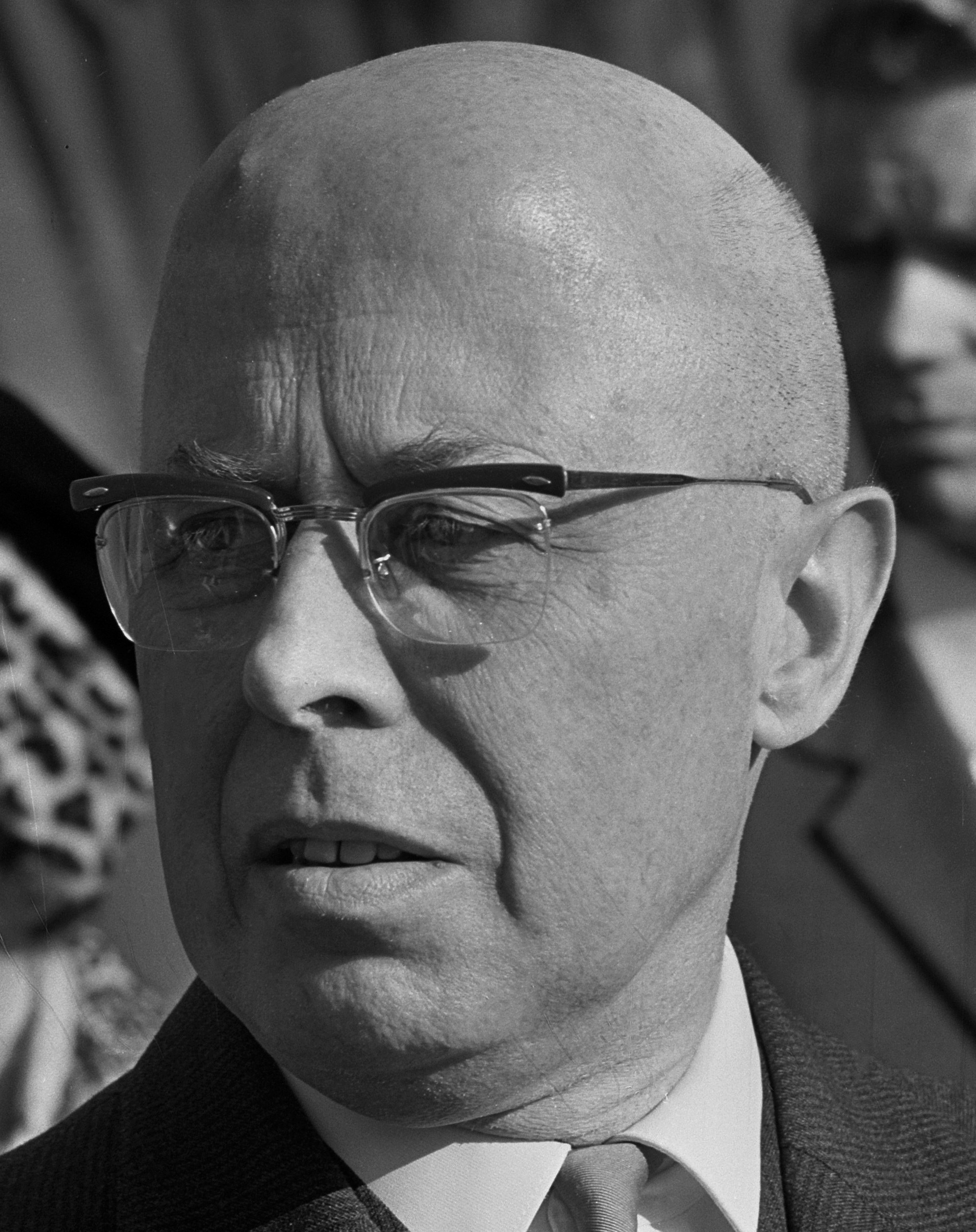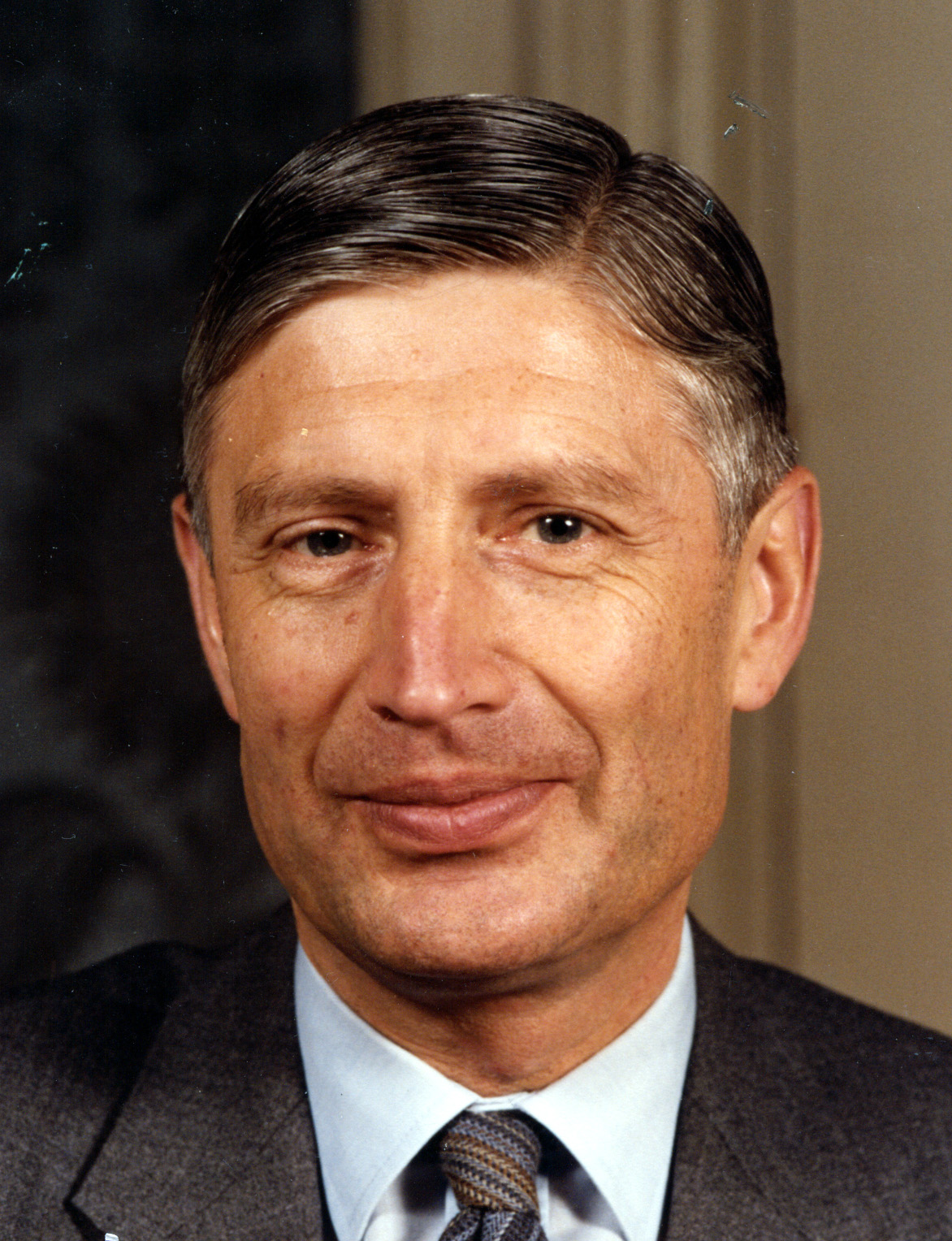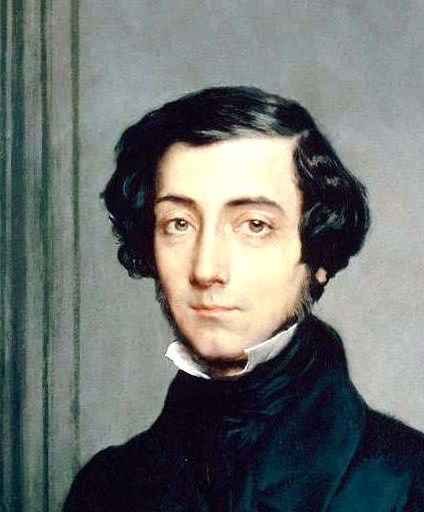|
First Balkenende Cabinet
The first Balkenende cabinet was the executive branch of the Netherlands government from 22 July 2002 until 27 May 2003. The cabinet was formed by the Christian-democratic Christian Democratic Appeal (CDA), the nationalistic Pim Fortuyn List (LPF) and the conservative-liberal People's Party for Freedom and Democracy (VVD) after the election of 2002. The cabinet was a right-wing coalition and had a substantial majority in the House of Representatives with Christian Democratic Leader Jan Peter Balkenende serving as Prime Minister. Prominent economist Eduard Bomhoff served as Deputy Prime Minister and Minister of Health, Welfare and Sport, while prominent Liberal politician Johan Remkes served as Deputy Prime Minister and Minister of the Interior and Kingdom Relations. The cabinet served during the early unstable 2000s. Domestically, it had to deal with the fallout of the assassination of Pim Fortuyn, and internationally, with the start of the war on terror. The c ... [...More Info...] [...Related Items...] OR: [Wikipedia] [Google] [Baidu] |
Demissionary Cabinet
A demissionary cabinet () is a type of caretaker government, caretaker cabinet of the Netherlands, cabinet or provisional government in the politics of the Netherlands, Netherlands. Overview The Dutch demissionary cabinet continues the current government after a cabinet has ended. This can either be after completion of the full term, between general elections (when the new House of Representatives is installed) and the formation of a new cabinet, or after a cabinet crisis. In both cases the Prime Minister of the Netherlands, prime minister hands in the resignation of his cabinet to the Monarchy of the Netherlands, Dutch monarch. The monarch will not accept full resignation until a new Dutch cabinet formation, cabinet has been formed. Between the moment in which the prime minister hands in the resignation and the monarch installs a new cabinet, the cabinet is labelled demissionary. As a demissionary cabinet is considered a continuation of the previous cabinet, it is not counted as ... [...More Info...] [...Related Items...] OR: [Wikipedia] [Google] [Baidu] |
Second Kok Cabinet
The second Kok cabinet, also called the second Purple (government), Purple cabinet, was the Executive (government), executive branch of the Cabinet of the Netherlands, Dutch government from 3 August 1998 until 22 July 2002. The cabinet was a continuation of the previous first Kok cabinet and was formed by the Social democracy, social-democratic Labour Party (Netherlands), Labour Party (PvdA), the Conservative liberalism, conservative-liberal People's Party for Freedom and Democracy (VVD) and the Social liberalism, social-liberal Democrats 66 after the 1998 Dutch general election, election of 1998. The cabinet was a Centrism, centrist grand coalition and had a substantial majority government, majority in the House of Representatives (Netherlands), House of Representatives with Leader of the Labour Party (Netherlands), Labour Leader Wim Kok serving as Prime Minister of the Netherlands, Prime Minister. Prominent People's Party for Freedom and Democracy, Liberal politician Annemarie ... [...More Info...] [...Related Items...] OR: [Wikipedia] [Google] [Baidu] |
Deputy Prime Minister Of The Netherlands
The deputy prime minister of the Netherlands ( or ) is the official Deputy prime minister, deputy of the head of government of the Netherlands. In the absence of the prime minister of the Netherlands the deputy prime minister takes over his functions, such as chairing the Cabinet of the Netherlands and the Council of Ministers of the Netherlands. Conventionally, all of the junior partners in the coalition get one deputy, and the deputies are ranked according to the size of their respective parties in the House of Representatives (Netherlands), House of Representatives. List of deputy prime ministers of the Netherlands : : : : : : : References {{DEFAULTSORT:Deputy Prime Minister of the Netherlands Deputy prime ministers of the Netherlands, Dutch political institutions ... [...More Info...] [...Related Items...] OR: [Wikipedia] [Google] [Baidu] |
Prime Minister Of The Netherlands
The prime minister of the Netherlands () or, before 1945, the chairman of the Council of Ministers () is the ''de facto'' head of government of the Netherlands.''Grondwet voor het Koninkrijk der Nederlanden'' onstitution of the Kingdom of the Netherlands article 45 section 2. Although the monarch is the ''de jure'' head of government, in practice the prime minister occupies this role as chair of the Council of Ministers, coordinating its policy with the rest of the cabinet. In his role as the ''de facto'' head of government, the prime minister also represents the Netherlands in the European Council. Forty-three incumbents have served in the position. The current prime minister since 2 July 2024 is Dick Schoof. History Gradually the prime minister became an official function of government leader, taken by the political leader of the largest party. Since 1848, the role of the first minister is relevant. In that year the Constitution of the Netherlands was amended to make m ... [...More Info...] [...Related Items...] OR: [Wikipedia] [Google] [Baidu] |
Leader Of The Christian Democratic Appeal
The Party leader, Leader of the Christian Democratic Appeal is the most senior politician within the Christian Democratic Appeal (, CDA) in the Netherlands.The current leader has been Henri Bontenbal since 14 August 2023. History The leaders outwardly act as the figurehead and the main representative of the party. Within the party, they must ensure political consensus. At election time the leader is always the lead candidate of the Party-list proportional representation, party list. Outside election time the officeholder can serve as the Leader of the Opposition. In the Christian Democratic Appeal the leader is often the parliamentary leader in the House of Representatives (Netherlands), House of Representatives. Some Christian Democratic Appeal leaders became a Minister in a Cabinet of the Netherlands, cabinet. References {{DEFAULTSORT:Leader of the Christian Democratic Appeal Leaders of the Christian Democratic Appeal, Leaders of political parties in the Netherlands ... [...More Info...] [...Related Items...] OR: [Wikipedia] [Google] [Baidu] |
House Of Representatives (Netherlands)
The House of Representatives ( , literally "Second Chamber of the States General", or simply ) is the lower house of the Bicameralism, bicameral parliament of the Netherlands, the States General of the Netherlands, States General, the other one being the Senate (Netherlands), Senate. It has 150 seats, which are filled through Elections in the Netherlands, elections using party-list proportional representation. The house is located in the Binnenhof in The Hague; it has temporarily moved to the former building of the Ministry of Foreign Affairs at Bezuidenhoutseweg 67 in The Hague while the Binnenhof is being renovated. Name Although the body is officially called the "House of Representatives" in English, it is not a direct translation of its official Dutch name, the "Second Chamber of the States General", "Second Chamber" or more colloquially just the "Chamber". Rather than "representative" (''afgevaardigde''), a member of the House is referred to as ''(Tweede) Kamerlid'', or "mem ... [...More Info...] [...Related Items...] OR: [Wikipedia] [Google] [Baidu] |
Majority Government
A majority government is a government by one or more governing parties that hold an absolute majority of seats in a legislature. Such a government can consist of one party that holds a majority on its own, or be a coalition government of multiple parties. This is as opposed to a minority government, where the government doesn't have a majority, and needs to cooperate with opposition parties to get legislation passed. A government majority determines the balance of power. A government is not a majority government if it only has a majority when counting parties outside the government that have a confidence agreement with it. A majority government is usually assured of having its legislation passed and rarely if ever, has to fear being defeated in parliament, a state also known as a working majority. In contrast, a minority government must constantly bargain for support from other parties in order to pass legislation and avoid being defeated on motions of no confidence. Single- ... [...More Info...] [...Related Items...] OR: [Wikipedia] [Google] [Baidu] |
Conservative Liberalism
Conservative liberalism, also referred to as right-liberalism, is a variant of liberalism combining liberal values and policies with conservative stances, or simply representing the right wing of the liberal movement. In the case of modern conservative liberalism, scholars sometimes see it as a less radical variant of classical liberalism; it is also referred to as an individual tradition that distinguishes it from classical liberalism and social liberalism. Conservative liberal parties tend to combine economically liberal policies with more traditional stances and personal beliefs on social and ethical issues. Ordoliberalism is an influential component of conservative-liberal thought, particularly in its German, British, Canadian, French, Italian, and American manifestations. In general, liberal conservatism and conservative liberalism have different philosophical roots. Historically, ''liberal conservatism'' refers mainly to the case where conservatives embrace the elemen ... [...More Info...] [...Related Items...] OR: [Wikipedia] [Google] [Baidu] |
Nationalism
Nationalism is an idea or movement that holds that the nation should be congruent with the state. As a movement, it presupposes the existence and tends to promote the interests of a particular nation, Smith, Anthony. ''Nationalism: Theory, Ideology, History''. Polity, 2010. pp. 9, 25–30; especially with the aim of gaining and maintaining its sovereignty ( self-governance) over its perceived homeland to create a nation-state. It holds that each nation should govern itself, free from outside interference (self-determination), that a nation is a natural and ideal basis for a polity, and that the nation is the only rightful source of political power. It further aims to build and maintain a single national identity, based on a combination of shared social characteristics such as culture, ethnicity, geographic location, language, politics (or the government), religion, traditions and belief in a shared singular history, and to promote national unity or solidarity. There are ... [...More Info...] [...Related Items...] OR: [Wikipedia] [Google] [Baidu] |
Christian Democracy
Christian democracy is an ideology inspired by Christian social teaching to respond to the challenges of contemporary society and politics. Christian democracy has drawn mainly from Catholic social teaching and neo-scholasticism, as well as the Neo-Calvinist tradition within Christianity; it later gained ground with Lutherans and Pentecostals, among other denominational traditions of Christianity in various parts of the world. During the nineteenth century, its principal concerns were to reconcile Catholicism with democracy, to answer the " social question" surrounding capitalism and the working class, and to resolve the tensions between church and state. In the twentieth century, Christian democrats led postwar Western and Southern Europe in building modern welfare states and constructing the European Union. Furthermore; in the late twentieth and early twenty-first century, Christian democracy has gained support in Eastern Europe among former communist states sufferi ... [...More Info...] [...Related Items...] OR: [Wikipedia] [Google] [Baidu] |
Cabinet Of The Netherlands
The cabinet of the Netherlands () is the main executive body of the Netherlands. The current cabinet of the Netherlands is the Schoof cabinet, which has been in power since 2 July 2024. It is headed by Prime Minister Dick Schoof. Composition and role The cabinet consists of the ministers and state secretaries. The cabinet is led by the prime minister. There are between twelve and sixteen Ministers, most of whom are also heads of specific government ministries, although there are often some ministers without portfolio who have areas of responsibility inside one or more ministries. For instance there has for some time been a minister for development cooperation, who works within the Ministry of Foreign Affairs. Most ministries also have a state secretary who is responsible for part of the relevant portfolio. State secretaries (such as that of Trade and Development Cooperation) are given the right to call themselves "Minister" in other countries and be treated as such for prot ... [...More Info...] [...Related Items...] OR: [Wikipedia] [Google] [Baidu] |







